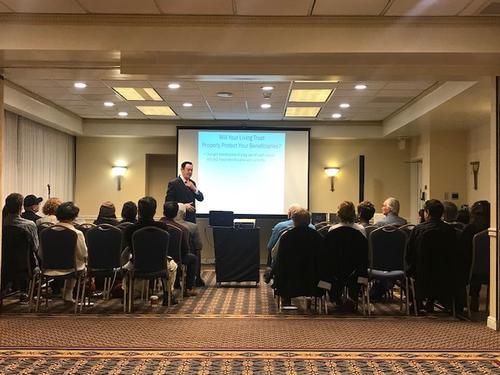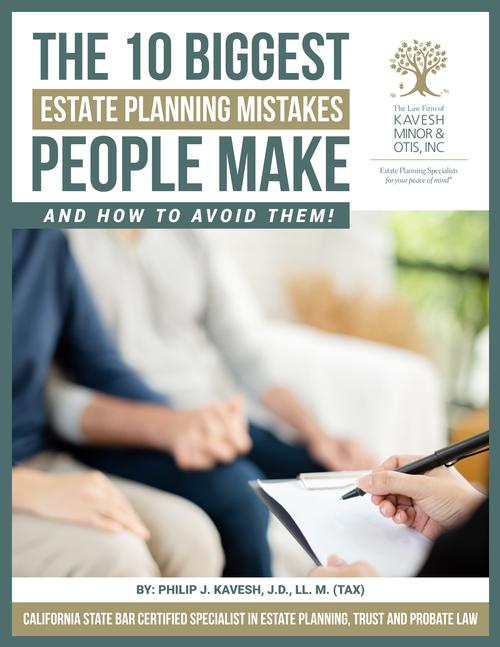Living Trust Myth #4: “Once I have my Living Trust prepared, I’m done!”
Another common misconception about Living Trusts (and other kinds of estate planning) is that once you’ve set it up, you are done and you don’t have to worry about it any longer. Throughout your lifetime, your assets will change. You will sell properties and buy new ones. You may open up or transfer accounts to new institutions. Your relationships with your beneficiaries and/or Successor Trustees (the individuals that you name to step in and administer your Living Trust when the time comes) may change. Your family may expand and some people may pass away. Furthermore, laws and planning strategies are constantly changing. For all of these reasons, we recommend that people have their estate planning reviewed and/or updated at least every three years. It’s through these periodic reviews that these kinds of changes and upgrades to your plans can be made to ensure that your Living Trust plan works as you intended it to.
Living Trust Myth #5: “I will lose control of my assets with a Living Trust.”
One of the biggest fears that people have about Living Trusts is the idea that they may lose control of their assets. The process of transferring assets names the Living Trust as the “owner” of the assets and you name people to take over if something happens to you. However, it is important to remember that Living Trusts are what is called revocable trusts, meaning that you can make changes and amend them as needed. Second, you are the Trustee of your own Living Trust while you are alive. You will retain control of your assets during your lifetime and it will be “business as usual”.
Living Trust Myth #6: “Living Trusts are expensive to set up and maintain.”
The concept of “expensive” is a subjective one. However, many people think that Living Trusts are expensive to set up and maintain, but that’s mostly because they only look at the money necessary to set it up and perhaps aren’t aware of the cost of their estate going through the Probate Court. In California, the cost to Probate an estate runs approximately 4% of the total value of the estate. This is why most homeowners in California are advised to consider getting a Living Trust, because most homes start around $200,000 or more and that’s just the home. That doesn’t count other assets within the estate. For these reasons, the cost to set up a Trust for most individuals will be far less than the cost to go through a Probate-and that doesn’t factor in all of the added benefits a Living Trust may have to offer over other estate planning instruments.
How’d you do?
Did you believe in any of these common myths and misconceptions? If so, that’s alright. That happens. The important thing is that you do something about the knowledge you now have and take the time to look into whether a Living Trust makes sense for you and your family or not.
Whether you have a Living Trust already or not, if you are in the Los Angeles or Orange Counties of Southern California, we invite you to attend one of our upcoming free Living Trust Seminars to learn more. All seminar attendees will be offered a free consultation to come in and meet with an attorney at the conclusion of the seminar. You can register to attend one of our seminars online or contact our main office at 1-800-756-5596. If you are unable to attend an upcoming seminar, please feel free to join our e-mail list and we will be sure to e-mail you of future seminar dates.
This post is brought to you by the good folks at The Law Firm of Kavesh, Minor & Otis, Inc., servicing the estate planning needs of those in the Los Angeles and Orange County areas of Southern California for over 37 years. We recommend attending one of our free seminars, where you can book a free attorney consultation and even qualify to receive a fee discount. You can contact us at 1-800-756-5596 for more information. We’d also love to connect with you on Facebook, Twitter or LinkedIn.












